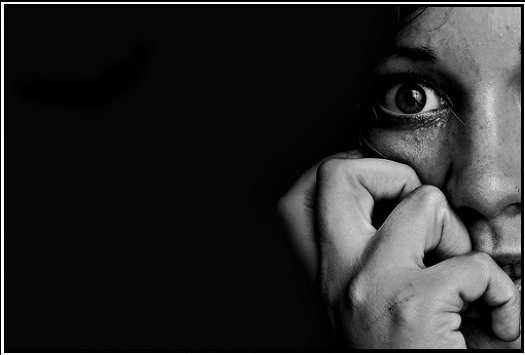Everybody has something that keeps them up when things go bump in the night. The National Comorbidity Survey, a study of more than eight thousand respondents in the United States, ranked the popularity of several phobias:
1. Bugs, mice, snakes, and bats 2. Heights 3. Water 4. Public transportation 5. Storms 6. Closed spaces 7. Tunnels and bridges 8. Crowds 9. Speaking in public
Our fears tend to change as we grow older: for example, WebMD says that common fears of preschoolers include masks, the dark, monsters and ghosts, while children in school panic due to snakes and spiders, being home alone, angry teachers, doctors, and natural disasters. But how do we develop these fears?
The most obvious answer is that a fear can be formed by a traumatic experience in the past involving the source of terror. For example, if I was stung by a bee as a child, I would naturally be afraid of bees in the present due to anxiety that I might be stung again. However, this isn’t always the case- I’m somewhat afraid of bees even though I’ve never been stung or even seen it happen to someone else.
Another possible explanation is that fear arises from witnessing another person’s anxiety or phobia. Michael Cook at the University of Wisconsin discovered that “monkeys born in the wild are afraid of snakes — a useful asset for their survival. But monkeys raised in a laboratory don’t react when they see a snake, whether it’s poisonous or not. This shows that our fears can’t be genetic.” However, “monkeys who have never been afraid of snakes quickly learn to be frightened of them: they only have to see that another monkey is scared. And it only has to happen once.”
This would certainly explain many phobias, but I’m still left wondering why seeing a horror movie in a theater with other scared people has less of an effect on many of us than seeing a horror movie at night in the dark while at home alone. This probably stems from being afraid of the dark and sudden noises as a preschooler, but why do some people carry this fear throughout adulthood?
Maybe a fear of darkness is so common because most humans fear the unknown or what they cannot see with the naked eye. “This fear, and the grinding anxiety that it generates, acts as a check and limiting mechanism against reckless behavior like, say, running around in the dead of the African night with a continent’s-worth of big cats out on the prowl. In other words, it’s an evolutionary advantage.” Anxiety increases awareness and at a time when humans were far from the top of the food chain, being afraid of the dark made all the difference in the survival of the species.
(source: https://www.scienceworld.ca/ads)



